“Soil Pollution: Causes, Impacts, and Effective Solutions for a Healthier Environment”
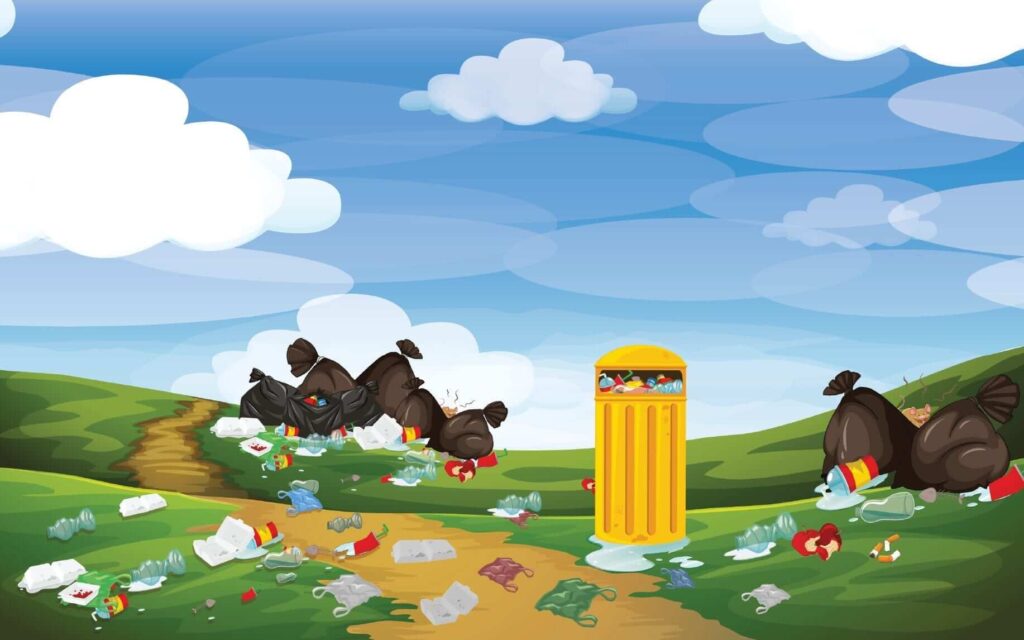
Soil pollution, also known as soil contamination, refers to the presence of harmful substances or pollutants in the soil that can adversely affect its quality and fertility. Soil pollution can result from both human activities and natural processes, and it poses significant risks to the environment, human health, and agriculture.
“Water Pollution: Causes, Impacts, and Solutions for a Cleaner Environment”
Causes of Soil Pollution
The causes of soil pollution are diverse and can be attributed to both human activities and natural processes. Here are some of the primary causes of soil pollution:
- Industrial Activities: Industries release a variety of toxic chemicals and hazardous substances into the environment. Improper waste disposal, industrial spills, and leaks can contaminate soil with heavy metals, solvents, and other pollutants.
- Agricultural Practices: The use of pesticides, herbicides, and synthetic fertilizers in agriculture can lead to soil pollution. These chemicals can persist in the soil, affecting its quality and harming beneficial soil organisms.
- Improper Waste Disposal: Incorrect disposal of municipal, industrial, or hazardous waste in landfills or open dumps can contaminate the surrounding soil with pollutants from the waste materials.
- Mining Activities: Mining operations can introduce heavy metals and other contaminants into the soil. These pollutants may remain in the soil for extended periods and have adverse effects on nearby ecosystems.
- Accidental Spills: Accidental spills of chemicals, oils, or other hazardous substances can contaminate soil in the affected area, leading to soil pollution.
- Atmospheric Deposition: Airborne pollutants, such as heavy metals, pesticides, and industrial emissions, can be deposited onto the soil through precipitation or wind. These pollutants can accumulate in the soil over time.
- Urbanization and Construction: Urban development and construction activities can disturb the soil, leading to soil erosion and the release of pollutants into the environment.
- Sewage and Wastewater Discharges: Improperly treated or untreated sewage and wastewater can release harmful pathogens and chemicals into the soil when disposed of inappropriately.
- Agricultural Runoff: Rainwater can wash off excess pesticides, fertilizers, and animal waste from agricultural fields, transporting these pollutants into nearby soils and water bodies.
- Natural Processes: Natural events such as volcanic eruptions and wildfires can release ash and other natural substances into the soil, impacting soil quality.
The cumulative effect of these causes can lead to significant soil degradation and contamination, affecting soil fertility, water quality, and overall environmental health. Controlling soil pollution requires a combination of regulatory measures, improved waste management practices, and sustainable agricultural and industrial practices.
Effects of Soil Pollution
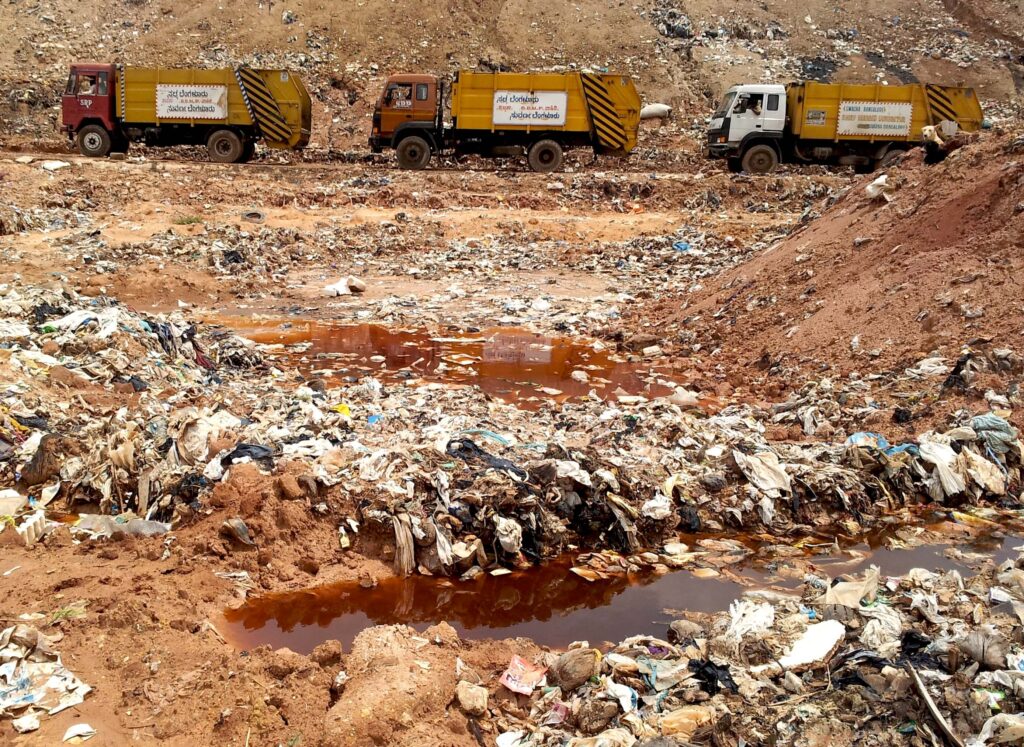
Soil pollution has various adverse effects on the environment, ecosystems, agriculture, and human health. The effects of soil pollution can be far-reaching and long-lasting. Here are some of the key effects of soil pollution:
- Reduced Soil Fertility: It can deplete essential nutrients, organic matter, and beneficial microorganisms in the soil. As a result, the soil’s fertility and ability to support healthy plant growth and agriculture are compromised.
- Contaminated Food and Water: Soil pollution can lead to the accumulation of harmful substances in crops and plants. When consumed by humans or animals, contaminated food can pose health risks, causing various illnesses and health problems.
- Harm to Wildlife: It negatively impacts soil-dwelling organisms, insects, and small animals. This can disrupt ecosystems and lead to a decline in biodiversity, affecting the balance of the natural environment.
- Groundwater Contamination: Pollutants from contaminated soil can leach into groundwater, leading to groundwater pollution. This can contaminate drinking water sources and have severe consequences for public health.
- Soil Erosion: it can weaken the soil structure, making it more susceptible to erosion. Erosion can lead to the loss of topsoil, which is crucial for plant growth, and result in land degradation.
- Reduced Crop Yields: Contaminated soil adversely affects crop growth and productivity. Reduced crop yields can lead to food shortages and economic losses for farmers and communities.
- Water Pollution: Soil pollutants can be washed away by rainwater and enter nearby rivers, lakes, and other water bodies, causing water pollution and harming aquatic life.
- Health Risks: People exposed to contaminated soil through direct contact, inhalation of contaminated dust, or consumption of contaminated food can face various health risks. Health problems may include skin irritation, respiratory issues, and long-term health effects due to exposure to toxic substances.
- Economic Impact: Soil pollution can lead to economic losses for farmers, industries, and governments due to reduced agricultural productivity, increased healthcare costs, and the need for soil remediation and restoration.
- Impact on Ecosystem Services: Soil pollution can disrupt ecosystem services, such as nutrient cycling, carbon sequestration, and water filtration, which are crucial for the overall health of the environment.
Addressing soil pollution requires a combination of prevention, remediation, and sustainable land management practices. Implementing proper waste disposal, promoting sustainable agriculture, and remediating contaminated sites are essential steps to mitigate the adverse effects of soil pollution and protect the environment and human well-being.
Some effective solutions to combat soil pollution:
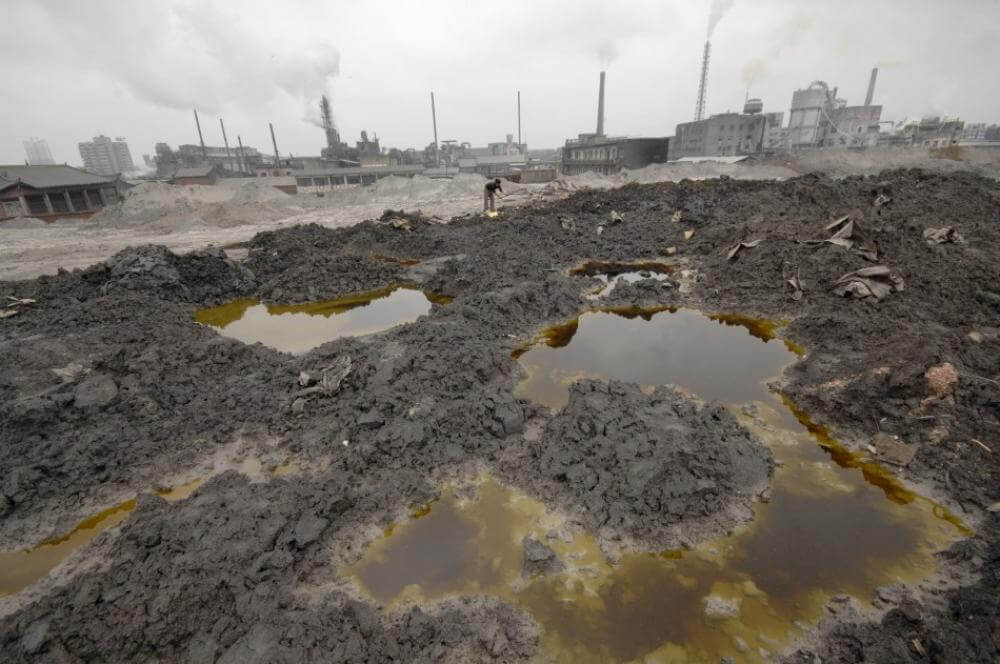
Addressing soil pollution requires a combination of preventive measures, sustainable practices, and remediation strategies. Here are some effective solutions to combat soil pollution:
“15 Effective Tips to Improve Your Sleep Quality and Wake Up Refreshed”
Sustainable Agriculture:
a. Reduce Chemical Use: Promote integrated pest management and organic farming practices to minimize the use of synthetic pesticides and fertilizers.
b. Crop Rotation: Implement crop rotation to enhance soil health, reduce nutrient depletion, and control pests naturally.
c. Composting: Encourage the use of compost and organic matter to enrich soil fertility naturally.
Contaminated Site Remediation:
a. Soil Testing and Monitoring: Regularly test and monitor soil quality in potentially contaminated sites to identify pollution levels and assess risks.
b. Soil Remediation Techniques: Apply appropriate soil remediation methods such as bioremediation, phytoremediation, and soil washing to clean up contaminated soils.
Improved Waste Management:
a. Hazardous Waste Disposal: Strictly regulate and monitor the disposal of hazardous waste to prevent soil contamination from industrial and municipal sources.
b. Waste Recycling: Promote waste recycling and proper waste segregation to reduce the amount of waste going to landfills.
Erosion Control:
a. Vegetative Cover: Implement vegetative cover, such as trees, grass, and ground cover plants, to protect against soil erosion caused by wind and water.
b. Terracing and Contouring: Use terracing and contouring techniques to prevent water runoff and soil erosion in hilly or sloping areas.
Urban Planning and Land Use:
a. Brownfield Redevelopment: Encourage the redevelopment of brownfield sites to revitalize contaminated urban areas.
b. Green Spaces: Increase the use of green spaces and urban gardens to improve soil quality and promote urban biodiversity.
Soil Conservation and Restoration:
a. Conservation Tillage: Promote conservation tillage methods to minimize soil disturbance during planting, reducing erosion and preserving soil structure.
b. Afforestation and Reforestation: Plant trees and restore forests to improve soil health and prevent erosion.
Education and Awareness:
a. Public Awareness: Raise awareness about the importance of soil conservation and the detrimental effects of soil pollution on the environment and human health.
b. Environmental Education: Integrate soil conservation and pollution prevention into school curricula to educate future generations about sustainable practices.
Regulatory Measures:
a. Enforce Environmental Regulations: Implement and enforce strict regulations on industrial activities, waste disposal, and agricultural practices to prevent pollution.
b. Incentives and Penalties: Provide incentives for industries and farmers adopting eco-friendly practices, and impose penalties for those violating pollution regulations.
By adopting these solutions and working collaboratively, governments, industries, communities, and individuals can effectively reduce soil pollution, protect soil health, and ensure sustainable land management for a healthier environment.

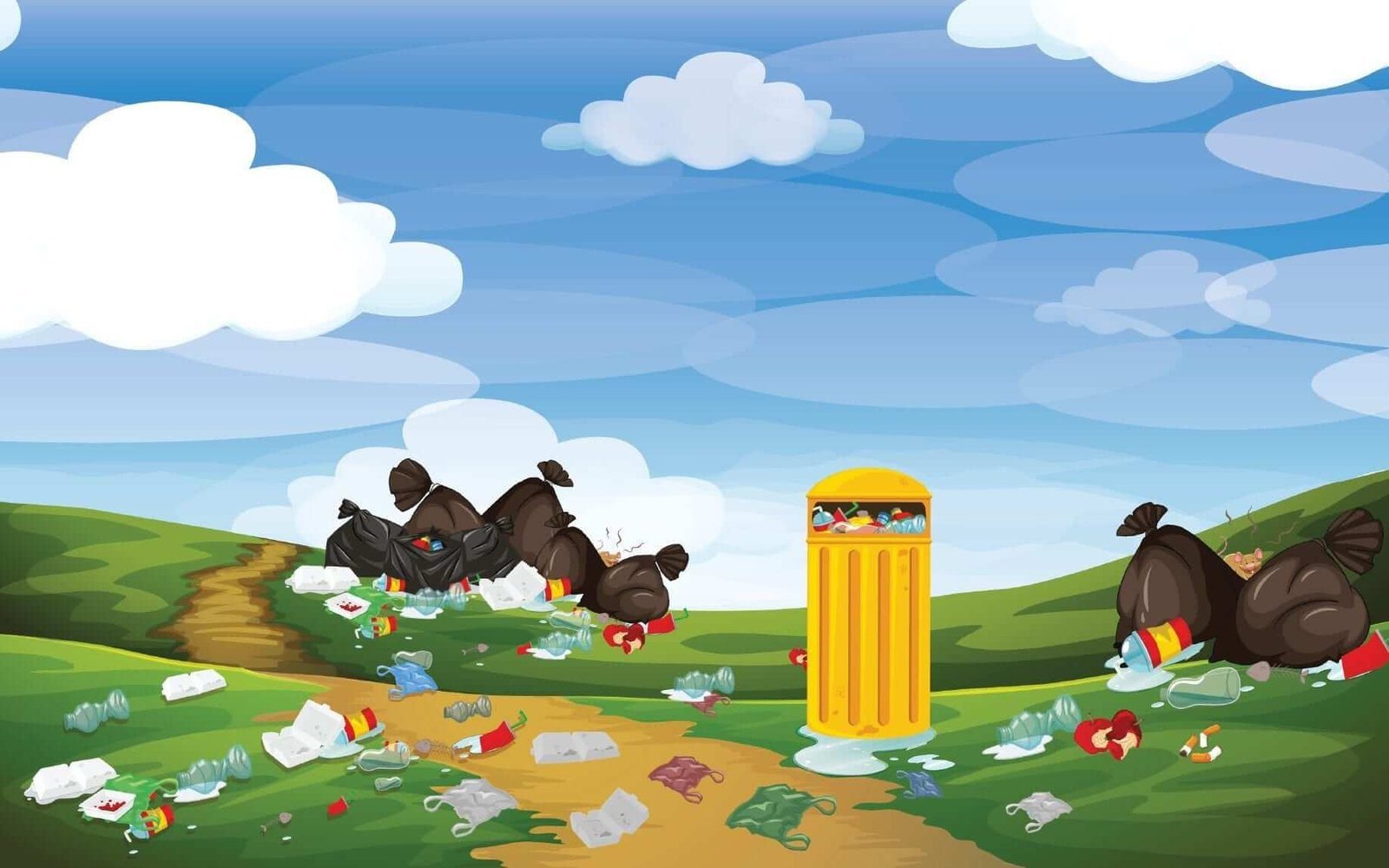
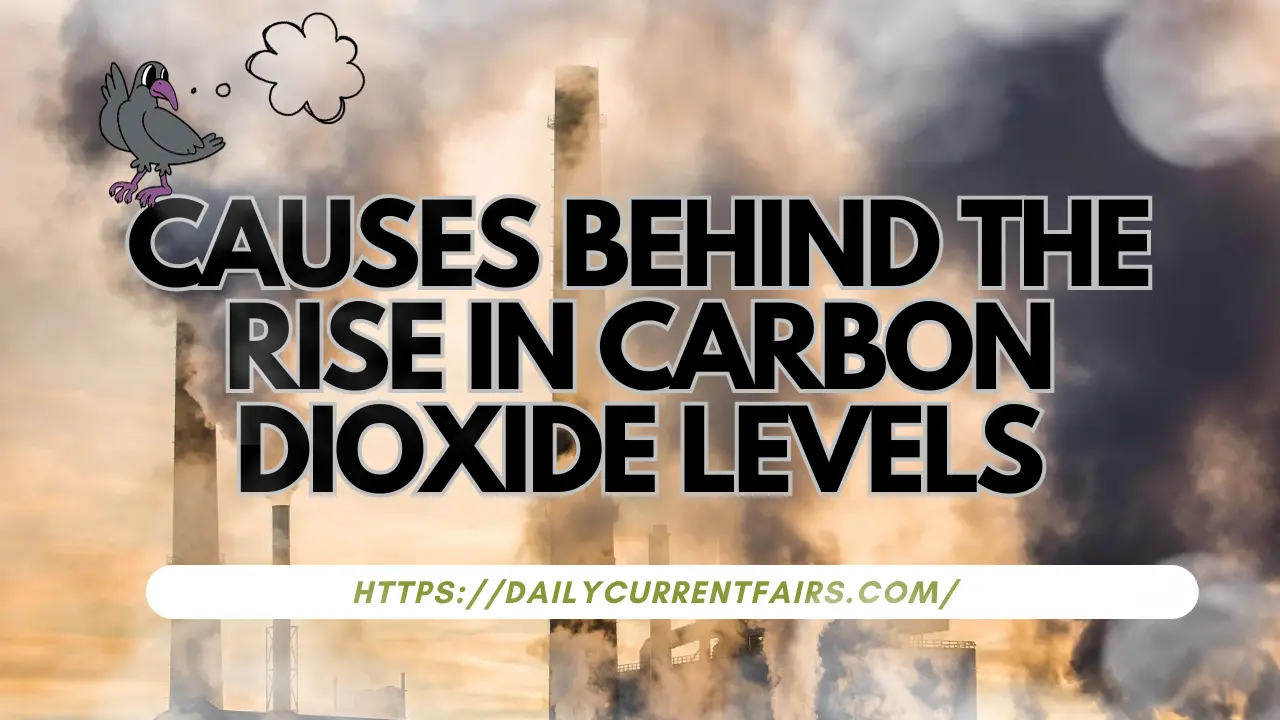

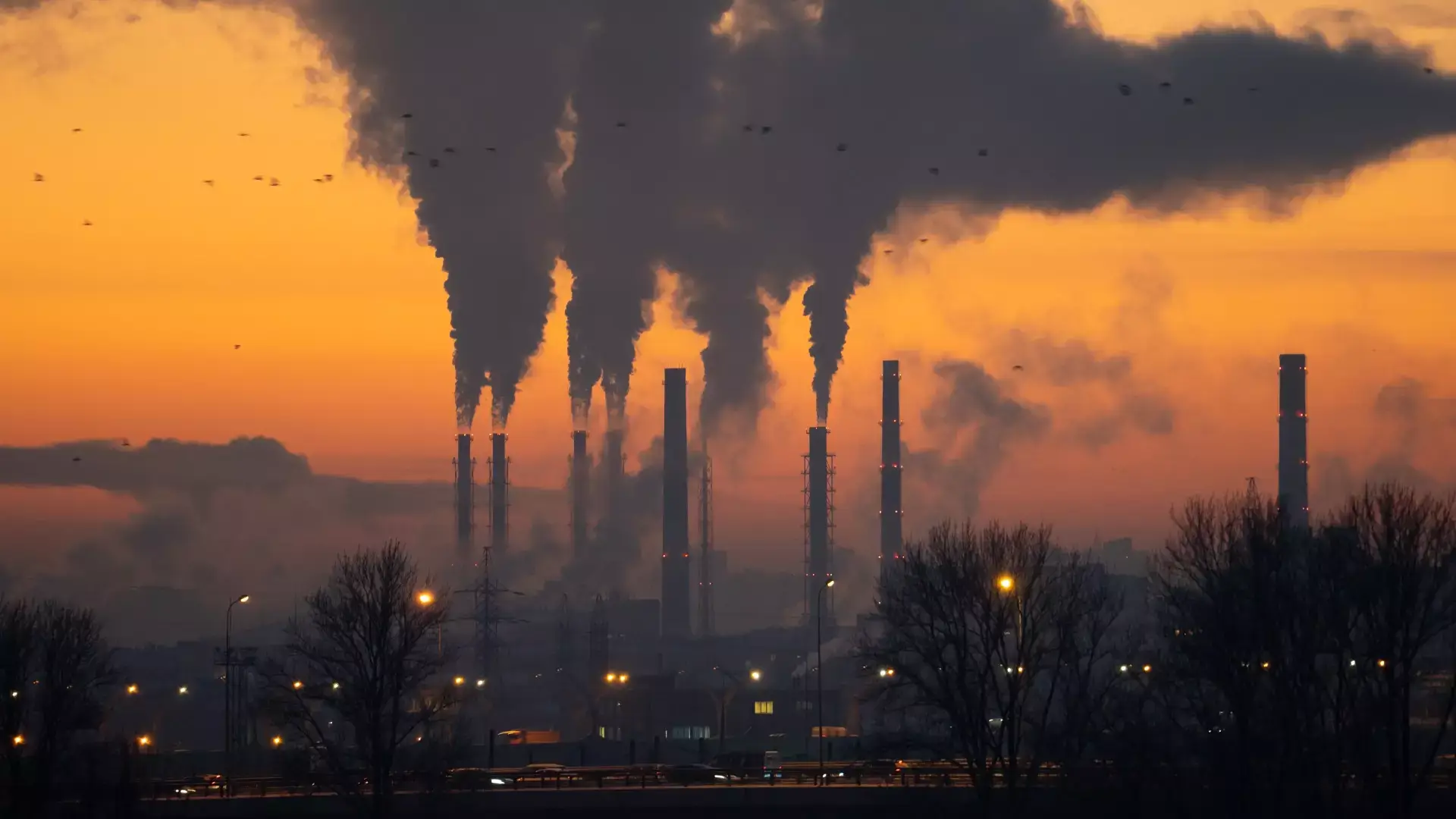
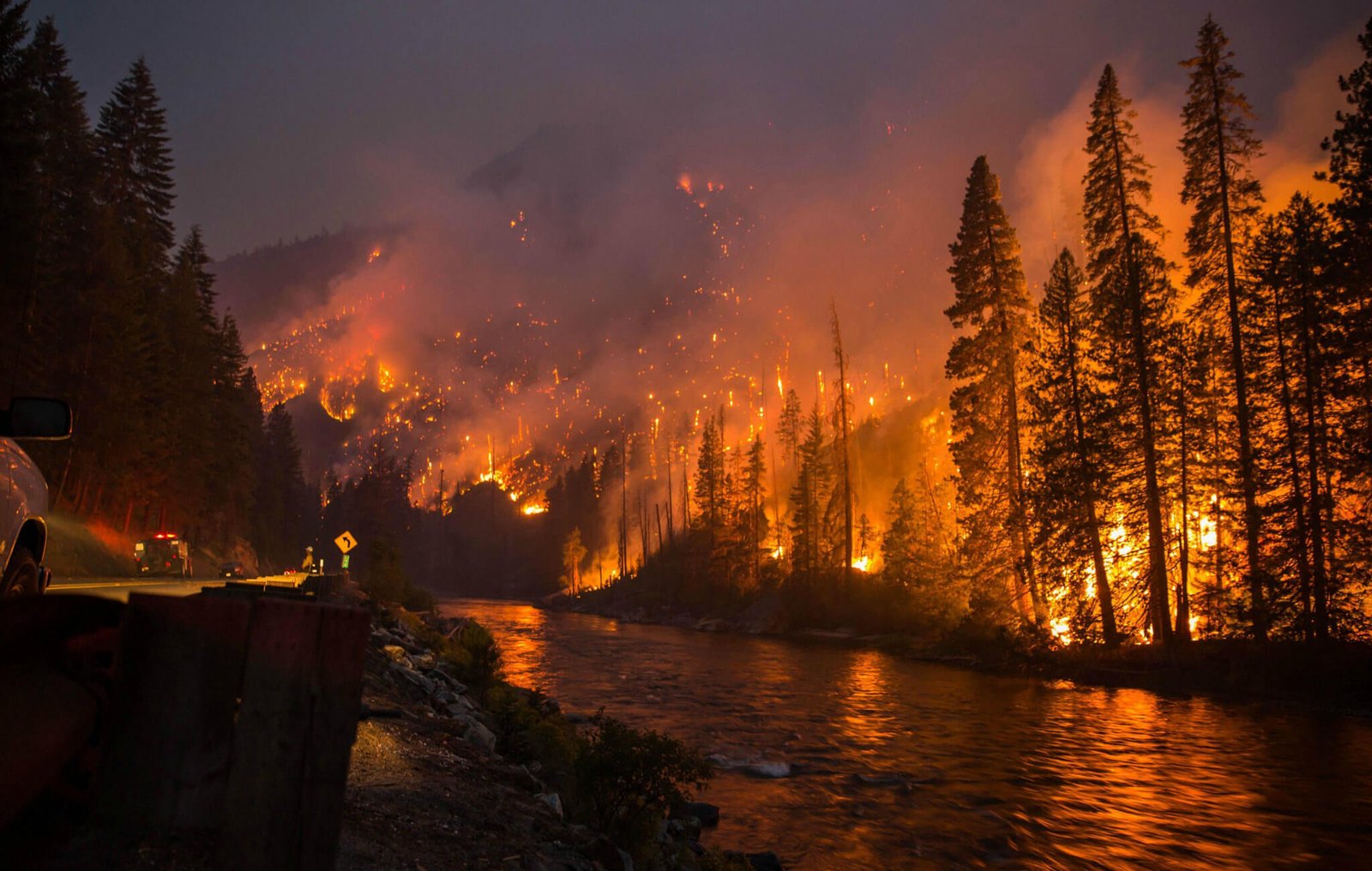
[…] “Soil Pollution: Causes, Impacts, and Effective Solutions for a Healthier Environment” […]
[…] “Soil Pollution: Causes, Impacts, and Effective Solutions for a Healthier Environment” […]
[…] “SOIL POLLUTION: CAUSES, IMPACTS, AND EFFECTIVE SOLUTIONS FOR A HEALTHIER ENVIRONMENT” […]
Very interesting topic, thank you for posting.